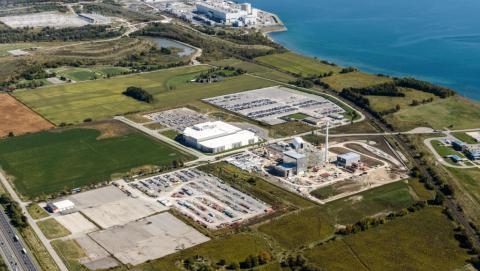
Development Charges Reform and Community Benefit Charge
Are development charges a root cause of the affordable housing and supply challenge in Ontario?
Development Charges (DCs) are a highly provincially regulated means of recouping municipal costs associated with a community’s growth. They are used mostly in high growth municipalities. Using DCs is highly prescriptive and requires detailed calculations on a broad range of municipal services and anticipated growth-related needs.
Development charges fund water, wastewater, stormwater, transit, waste, housing, emergency and recreation services, among others. In conjunction with development charges and parkland dedication, Community Benefit Charges are a similar revenue tool. They can be used for high density developments to fund services in a similar way as development charges, up to 4% of the land’s value. Strategic plans, public notice, and consultation are required before implementation. Developers may appeal municipal development charge and community benefit charge bylaws to the Ontario Land Tribunal.
Some in the development industry have been calling for a reduction or elimination of development charges to help address the affordable housing and supply challenge in Ontario. While developers acknowledge municipalities bear costs to construct the infrastructure and services needed to support new homes, new residents and growing communities, some believe growth related costs should be more broadly distributed to all (homeowners, renters, and businesses). What would reducing or eliminating development charges mean in practice?
The effect on affordability
When we look at affordability, development charges (DCs) account for between 5-7% of the price of a new home. The cost of lumber and supplies, interest rates, economics, land costs, and developer profits are significant factors when it comes to the cost of a new home. In looking at the impact of development charges, a study by the Royal Bank and the Pembina Institute concluded that, “the increase in these charges accounts for only a small fraction of the increase in home prices”.
Experience has shown development charge reductions are not passed on to the home buyer. For example, the City of Ottawa experimented with offering DC concessions in a specific area. The concessions offered did not lower the price of housing compared to other areas in the city. In the GTA, on the border of two municipalities with different development charges, the municipality with lower DCs in fact had higher housing prices.
The effect on equity between taxpayers
Lowering or eliminating development charges will also magnify NIMBYism. It would create a disincentive for current residents to support new housing. A reduction in development charge collections will increase the property tax burden for all residents. This will increase pressure from current taxpayers to constrain growth in order to constrain demands on future property tax increases and maintain existing services.
Reducing DCs does not eliminate the cost of growth-related infrastructure. Instead, it transfers the cost to existing homeowners which includes low-income families and seniors. This would be unaffordable for many. If more municipal operating revenues are needed to cover the cost of growth, it will be at the expense of maintaining existing capital assets, services, or current property tax and user fee rates.
In summary, shortchanging the public services Ontarians depend on is no way to build the communities people want to live in.

